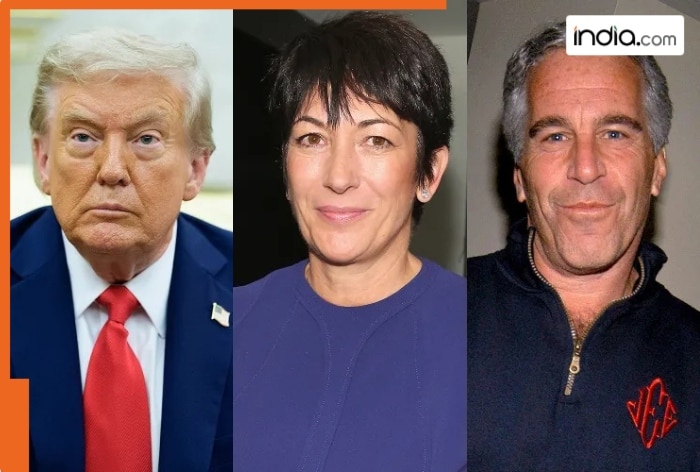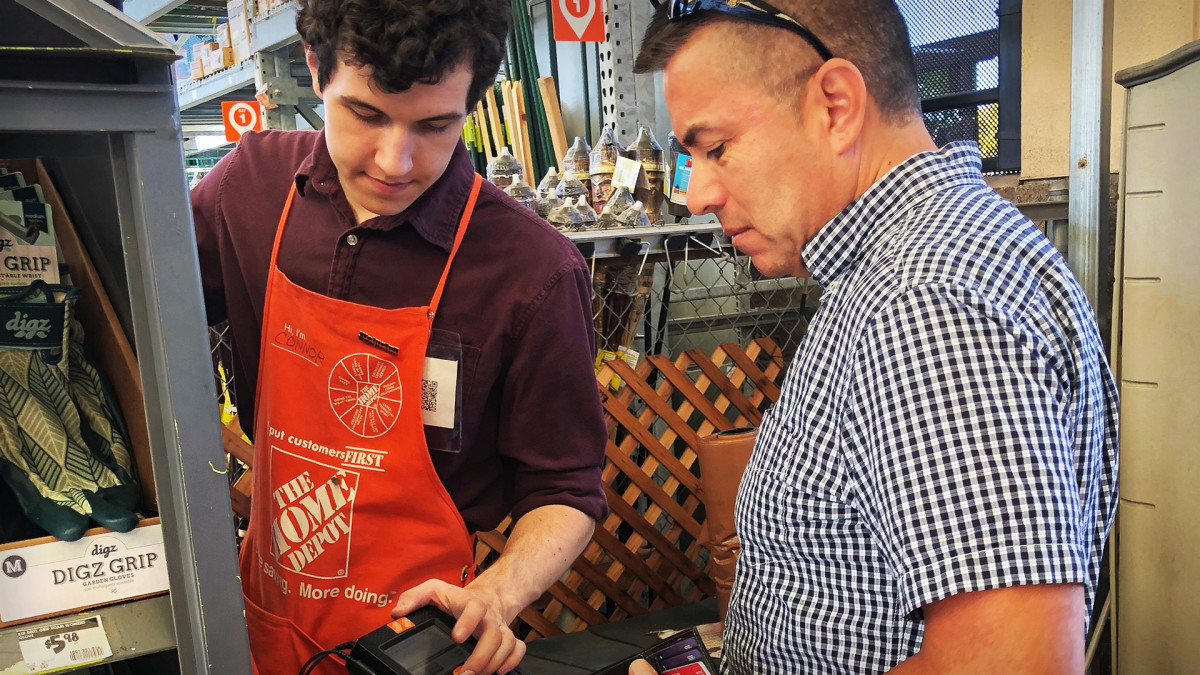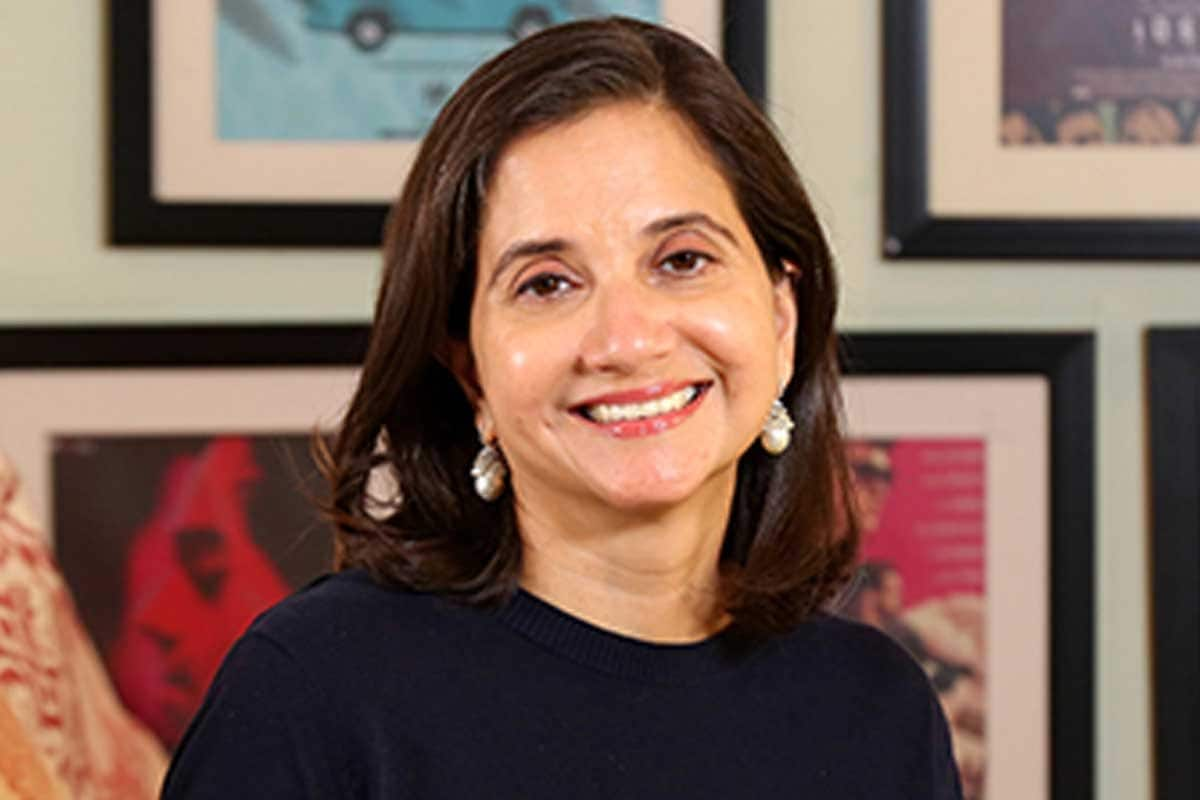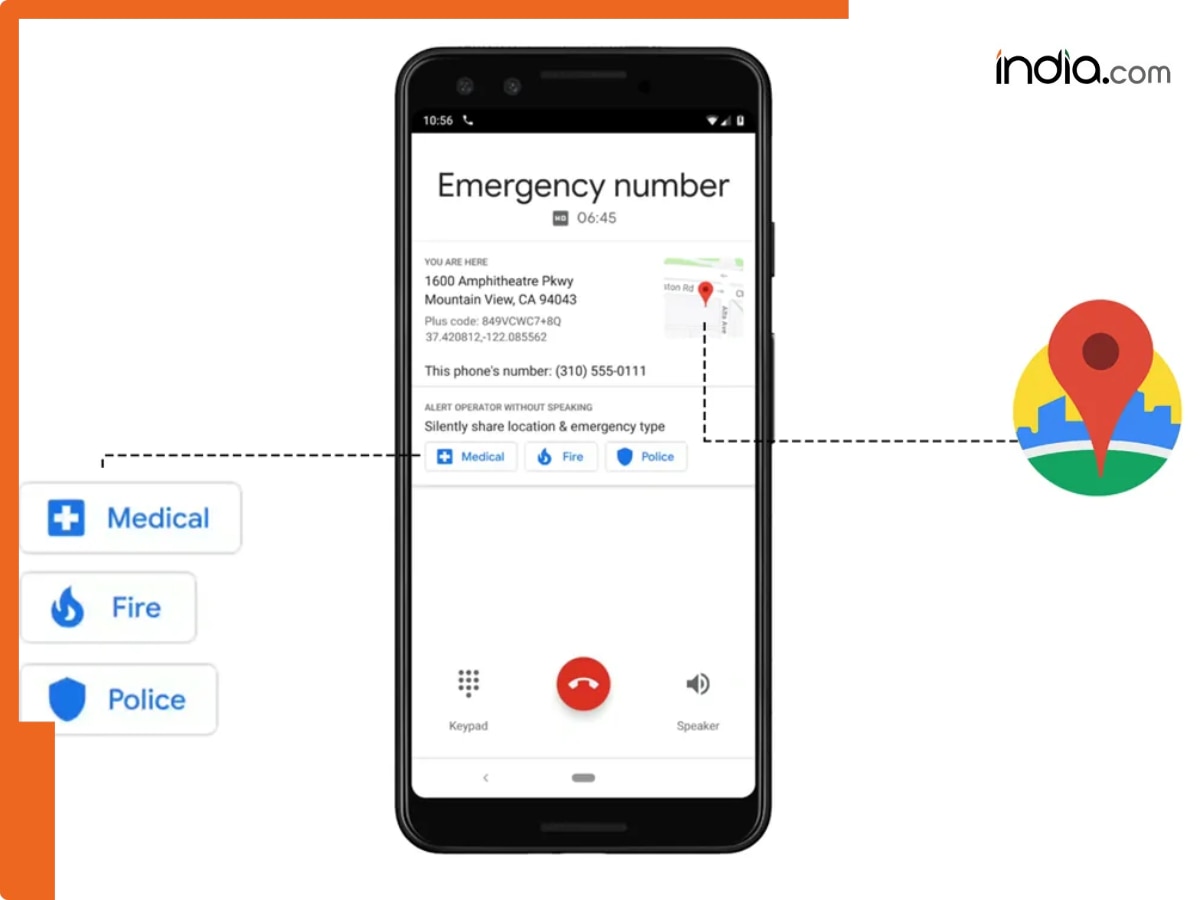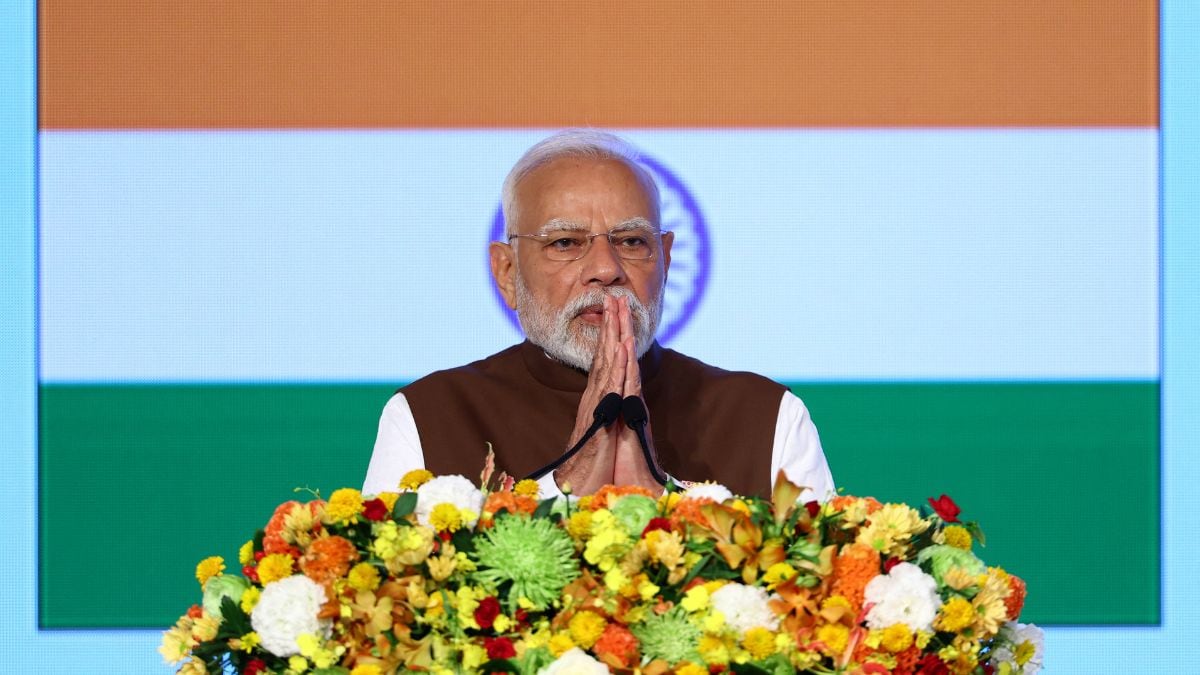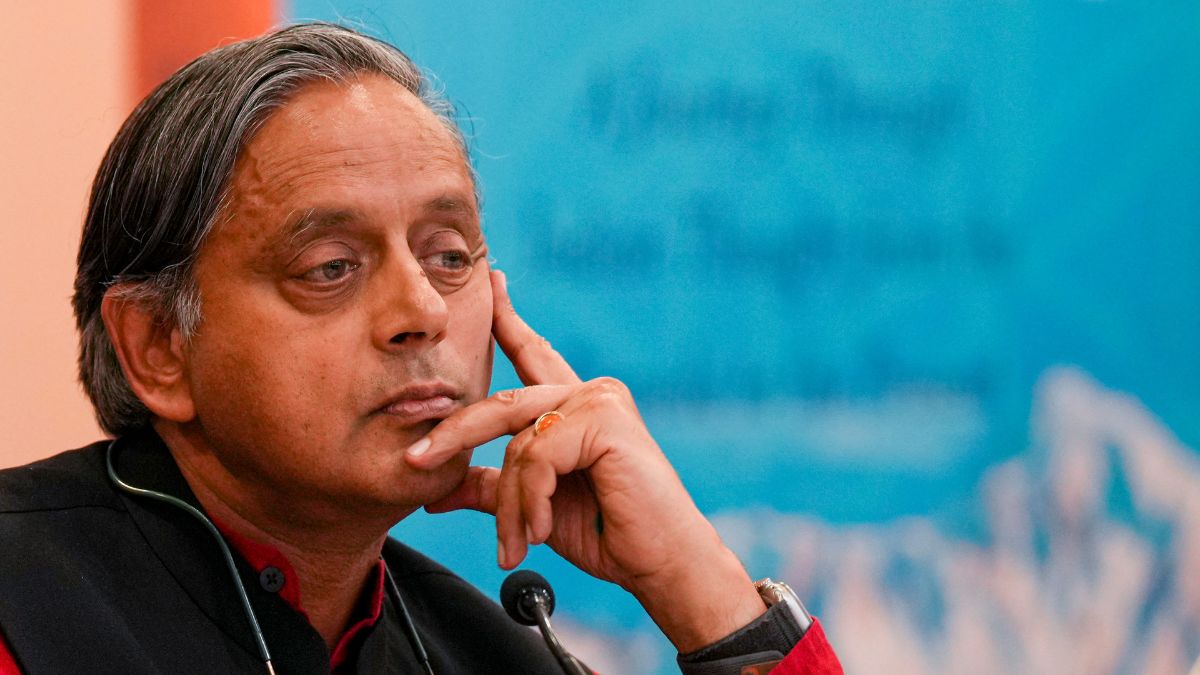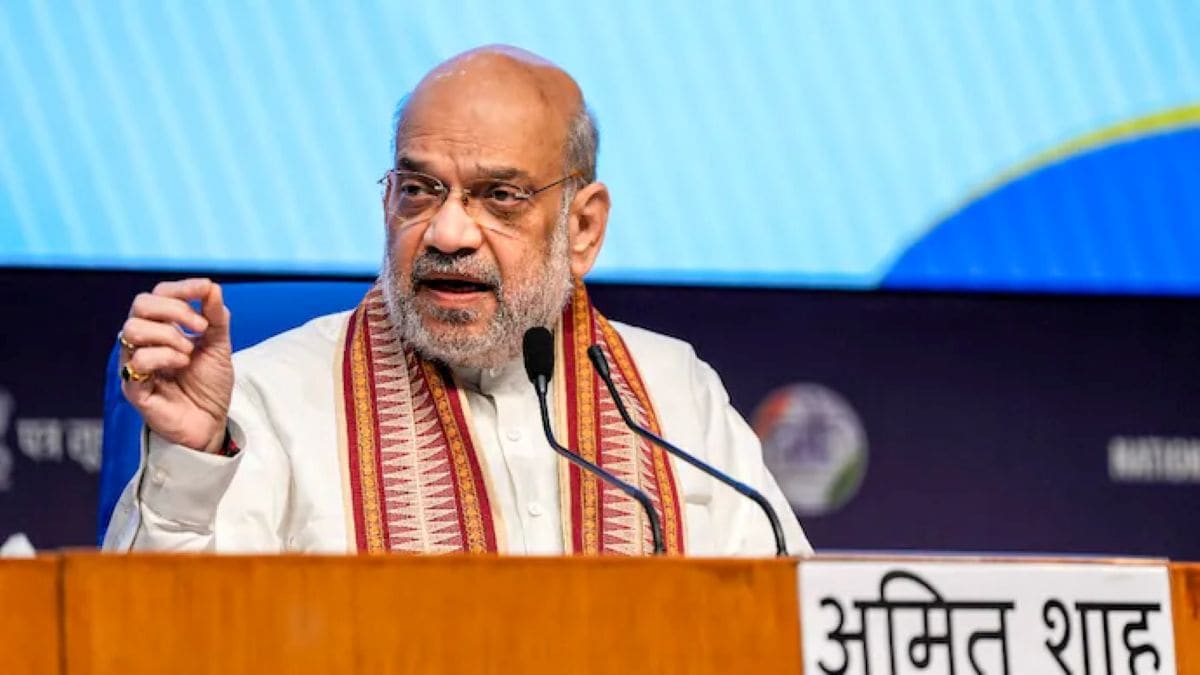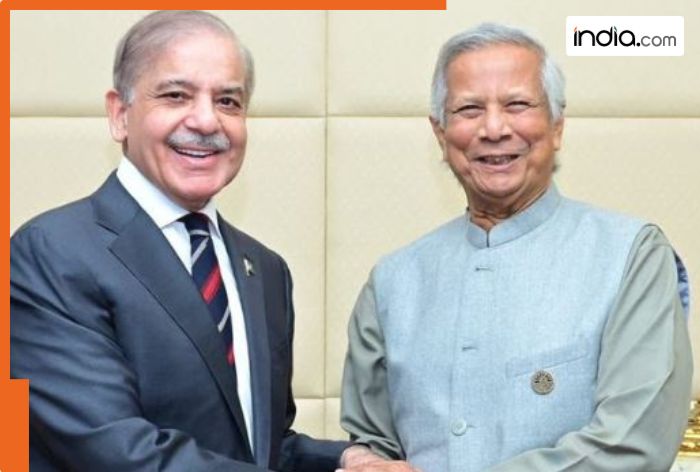Innovations in Life Sciences
The life sciences industry is entering a transformative phase
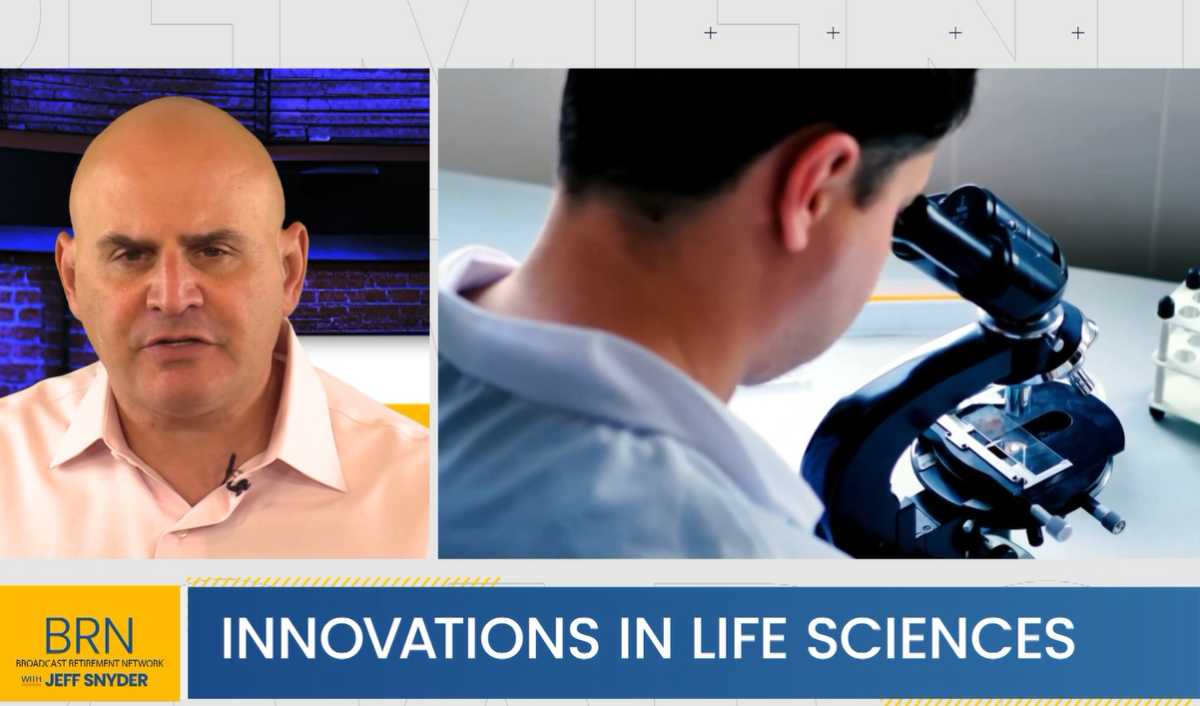
As the world steadily navigates beyond the global pandemic, the life sciences industry is experiencing rapid growth driven by advancements in biotechnology, healthcare innovation, and increased demand for personalized medicine. Startups are playing an increasingly vital role, driving advancements in first-in-class drugs and fostering a culture of innovation. With significant investments in biomanufacturing and research funding, countries are positioning themselves as hubs for groundbreaking scientific progress. Broadcast Retirement Network's Jeffrey Snyder discusses life science innovations with Scientist and Research & Development leader Andrew R. Snyder, MS, PhD.
Jeffrey H. Snyder, Broadcast Retirement Network
(0:03) This morning, innovations in life sciences. (0:07) Joining me now to help break it all down is Dr. Andrew Snyder. (0:12) He's a scientist and research and development leader.
(0:16) And for full disclosure, he's also my smarter brother. (0:20) Andy, so great to see you. (0:21) Thanks for joining us on the program this morning.
Andy R. Snyder, MS, PhD., Scientists and R&D Leader
(0:24) It's great to be here, Jeff.
Jeffrey H. Snyder, Broadcast Retirement Network
(0:25) Yeah. (0:26) And, you know, dad has been on several times talking about life insurance. (0:30) I'm so glad you could come on to talk about the life sciences.
(0:34) Andy, you've been right there in the middle of the R&D, the development of new treatments, so to speak. (0:43) Where are things today? (0:44) What does innovation look like today in the life sciences field?
Andy R. Snyder, MS, PhD., Scientists and R&D Leader
(0:49) Jeff, really, it's great to be here. (0:53) I will say that right now we're at a crossroads for innovation. (0:57) We see a lot of early R&D slowing down.
(1:01) I'm here in the Boston area where we see a lot of preclinical work being stopped or slowed down. (1:08) And so, you know, really, we have concerns about what therapies for the future might look like.
Jeffrey H. Snyder, Broadcast Retirement Network
(1:13) And let's get into that. (1:17) What is causing the slowdown? (1:20) I would think, I mean, with the top diseases like heart disease, cancer, Alzheimer's, I read about new treatments.
(1:27) Those are at the very top of the diseases that affect so many Americans. (1:32) Why the slowdown today?
Andy R. Snyder, MS, PhD., Scientists and R&D Leader
(1:33) You know, you're exactly right. (1:35) The unmet need is still there. (1:37) You know, survival rates in certain oncology indications haven't changed.
(1:40) Heart disease is the number one killer. (1:43) What we're seeing is really one of these dips in the investment cycles. (1:47) Right.
(1:47) And we're seeing whereas in the recent past, biotechnology was a favorite of investors, both private and public. (1:55) That's really no longer the case. (1:57) And so a lot of the impetus to move these therapies forward has been really slowed down.
Jeffrey H. Snyder, Broadcast Retirement Network
(2:04) Yeah. (2:05) And that's obviously unfortunate because candidly, a lot of us are going to have some level of disease in our lives. (2:13) We're going to need the treatment.
(2:15) Let's talk. (2:16) I want to take a step back. (2:18) There's a lot of work and effort.
(2:19) And you have been in this field for a long time since you got out of college. (2:23) I'll remind you many, many, many years ago. (2:27) Myself included.
(2:27) I'm older than you are. (2:28) So I came before you. (2:30) But in all seriousness, you've seen what it takes, right, to develop a new treatment.
(2:37) It doesn't just happen like that. (2:40) It's not going to be a year, a month, a day to find something new, a breakthrough.
Andy R. Snyder, MS, PhD., Scientists and R&D Leader
(2:45) No, it takes a long time. (2:47) And so I've been really focusing on academic discoveries that have been spun out into small companies. (2:53) And eventually, you know, our hope is that these real key insights that have been delivered to us by academic medical centers, we really want to see these blossom into therapies for patients.
(3:05) And so it is a bit concerning that this pipeline has really been, you know, I wouldn't say shut off, but it's really been slowed down in recent years.
Jeffrey H. Snyder, Broadcast Retirement Network
(3:16) Go ahead. (3:17) I'm sorry. (3:18) Finish up.
Andy R. Snyder, MS, PhD., Scientists and R&D Leader
(3:18) It's just, you know, it is a long process. (3:21) Right. (3:22) And you have to really drill down, especially for a lot of these new technologies where maybe they haven't been pressure tested as much.
(3:29) And so you really have to drill down and it does take time. (3:32) And it is an iterative process of trial and error to get these, you know, new ideas into practice and ultimately into therapies.
Jeffrey H. Snyder, Broadcast Retirement Network
(3:39) And you've had that dual role. (3:41) I mean, you're a scientist, you're doing the work, but then you're also speaking to the C-suite, the board. (3:48) How do you make the how do you make the pitch?
(3:52) You know, I don't want you to give us the inside baseball on how you make the pitch, but you've got to be able to show, I would imagine, some level of results in order to get the board, the investor to say, hey, I want to be a part of that. (4:04) That's important.
Andy R. Snyder, MS, PhD., Scientists and R&D Leader
(4:06) Yeah. (4:07) And so oftentimes I am, you know, pitching our results to the board. (4:11) You know, we start each year with a list of goals and it's our job as the scientific team to meet those goals along with the senior management.
(4:21) And ultimately when we do, it's a pretty easy pitch to the board, but it does start with a high level and then we walk them through the detail as needed.
Jeffrey H. Snyder, Broadcast Retirement Network
(4:29) Yeah. (4:30) I want to put you, I want to get you to put your head on the other side, pretend you're a board member. (4:35) How do you, how do you validate?
(4:37) I mean, I know you are not a board member, you're not an investor, but what are some of the attributes and things you need to look at when evaluating some of these, this research in order to support it? (4:48) I mean, there has to be some key qualities that you look for to make sure that they're going to be successful. (4:53) If you're a, what do you call this?
(4:54) A venture, not a venture, is it venture capital? (4:57) Is that what you call this?
Andy R. Snyder, MS, PhD., Scientists and R&D Leader
(4:58) Yeah. (4:59) So one model is that this industry relies on venture capital for its funding. (5:05) These funds are often large.
(5:07) There's often a syndicate of venture capitalists that come together and they catalyze the formation of a company. (5:12) And so each of these investors has their own timelines, right? (5:16) And so, you know, say there's a 10 year fund cycle, we have to deliver some kind of inflection point on value within that cycle in order to make, you know, their investment payoff for them.
(5:28) And so what they're looking for is number one, reproducibility, but they're also keen on the competition, right? (5:34) You know, how could something that someone else is doing impact our results? (5:39) And so they really have a bird's eye view of the landscape.
(5:42) It's not just the company they're investing in, but the entire indication space as well.
Jeffrey H. Snyder, Broadcast Retirement Network
(5:47) Yeah. (5:48) So you look at something like a Wgovi or an Exempic, by the way, they're not sponsors of the program. (5:54) Just want to make that very clear.
(5:55) But they, those products were designed to work towards diabetes, people that had some type one, type two, type two diabetes, and then it kind of grew from there. (6:06) But that didn't happen overnight, Andy.
Andy R. Snyder, MS, PhD., Scientists and R&D Leader
(6:08) No, no, it's, it's years of research. (6:11) It's trial and error. (6:13) It's sometimes the unexpected result, you know, comes in and gives you a new avenue of research or a new place to put your therapy.
Jeffrey H. Snyder, Broadcast Retirement Network
(6:21) And is there a role here for the government? (6:24) And when you mean the government, I mean, the FDA, the CDC, the Health and Human Services, the federal government, the state and local governments, do they have a role in some of the funding initiatives that we're talking about here? (6:35) Do they help out?
Andy R. Snyder, MS, PhD., Scientists and R&D Leader
(6:37) Yeah. (6:37) So let's, I'm going to speak to both of those points, Jeff. (6:40) Number one is the inception of the research.
(6:43) And so obviously the federal government plays a large part, a large part. (6:47) Let's retape that, Lane.
Jeffrey H. Snyder, Broadcast Retirement Network
(6:48) Yeah, sure. (6:49) Let me just, hold on. (6:50) Answer, I'll do a three, two, one count.
(6:52) And then you can start your answer. (6:54) Okay. (6:55) Here we go.
(6:56) Three, two, one, action.
Andy R. Snyder, MS, PhD., Scientists and R&D Leader
(6:58) That's a great question, Jeff. (7:00) Let me start in the beginning. (7:01) Obviously the federal government plays a large part in research funding in this country.
(7:07) The National Institutes of Health and the NSF have a really large granting agencies where a lot of these discoveries are coming from, right? (7:16) A lot of these are part of the NIH extramural funding project, which goes to academic PIs on a highly competitive basis, right? (7:24) And, you know, this spurs new ideas and ultimately new discoveries.
(7:29) Now, when you're talking about company formation, there are indeed programs called the SBIR and the STTR programs, which again, help us to go into company formation here. (7:43) If a principal investigator from an academic lab has a really great idea, they either don't want to seek venture funding or it's not available at the time. (7:52) There are blocks of funding available through the SBIR program to start and fund a research company.
(8:02) And then when it comes down to regulatory, I would say having a consistent regulatory environment is going to be critical for success. (8:12) We're seeing investors pull back because it's not exactly clear how some drugs are going to get approved. (8:18) And so therefore, having a very consistent regulatory environment is going to be very important to the landscape as well.
Jeffrey H. Snyder, Broadcast Retirement Network
(8:25) Andy, how does the United States, and I want you to give me a macro view, compare to its peers in Europe? (8:33) China, I would think, would be a big competitor of ours. (8:37) How do we compare in what you're describing venture funding of new treatments and new research?
(8:43) Are we at a low relative to our peers, above our peers, equal to?
Andy R. Snyder, MS, PhD., Scientists and R&D Leader
(8:50) The United States is the world leader in this type of venture creation. (8:56) I don't have statistics handy to back up my case, but I will say that many, many of the new technologies and therapies that have come on board in the last decade or 20 years are from United States companies and United States academic investigators. (9:17) This is really fertile ground for biotechnology in this country.
(9:21) And the ecosystem, particularly what we have here in Boston, where we have great academic institutions, great venture capitalists here to support that, and ultimately workers and a workforce to really bring that forward. (9:34) That's this ecosystem that we have here. (9:36) And I think it's unsurpassed.
(9:38) Now, there are challenges from China and places like that. (9:43) Things that can go faster there, things that can, you know, maybe the regulatory environment is different, right? (9:51) And so there are challenges to this, but that's kind of where things are right now.
Jeffrey H. Snyder, Broadcast Retirement Network
(9:56) Sorry, I didn't mean to interrupt you. (9:58) I was going to ask you, you mentioned the Boston, Massachusetts ecosystem. (10:02) Are there other hotbeds of biodevelopment, I'm going to call it, or the innovations that you're talking about around the United States?
(10:10) What comes to mind beyond Boston?
Andy R. Snyder, MS, PhD., Scientists and R&D Leader
(10:12) You know, the first one that comes to mind is going to be San Francisco, much like it is in tech. (10:17) It's really prominent in biotech. (10:19) In Southern California, San Diego has a thriving scene.
(10:23) New York City has a scene. (10:25) Philadelphia has a scene. (10:27) The Baltimore, Maryland area has a scene.
(10:30) And of course, Research Triangle Park, there's always been seeds of innovation there. (10:35) You know, wherever there are academic medical centers, there are people ready to spin out these ideas. (10:41) They are in Houston and, you know, around MD Anderson.
(10:44) They're in Chicago, around the University of Chicago and Northwestern. (10:48) And so where these, you know, innovations take place, there are people ready and able to take these and form them into companies and hopefully make the therapies of the future.
Jeffrey H. Snyder, Broadcast Retirement Network
(10:58) You mentioned earlier that maybe we're at an inflection point. (11:01) Things are, I'm going to use my terms, I'm paraphrasing, are kind of gummed up in the sense that there's not as much investment. (11:07) Do you see that changing potentially over the next 6, 12, 24 months?
Andy R. Snyder, MS, PhD., Scientists and R&D Leader
(11:11) Well, my training is not in economics. (11:15) I will say this correction that we're seeing here, I think we need it to even out. (11:22) And so as we apply new models, you know, whether they are smaller companies with, you know, lower burn rates or we're de-risking things in different ways before we launch companies, I think it's going to change.
(11:38) I think we've been in this down cycle for a bit of time. (11:42) And, you know, I think we're due for an upswing. (11:44) There's a lot of cash in these VC funds that needs to be deployed.
(11:51) Again, I don't have statistics handy, but, you know, I think we're ripe for a change. (11:58) I think I'm really hopeful that it's going to be coming in the next six months or so.
Jeffrey H. Snyder, Broadcast Retirement Network
(12:03) And let's talk about artificial intelligence. (12:06) It's everywhere. (12:07) Manufacturing.
(12:08) It's in my industry, the retirement benefits industry. (12:11) Everywhere you look, we're talking about AI. (12:13) Does that have a role in what you're talking about this morning?
Andy R. Snyder, MS, PhD., Scientists and R&D Leader
(12:15) It certainly does. (12:17) First of all, a lot of investors are putting their money in AI and a lot of investors are putting their money in the intersection between AI and biology and therapeutics. (12:29) We saw a company that was just granted several hundred billion dollars the other day, Leela Sciences here in Boston.
(12:38) I have a colleague whose company was recently funded by Venture Capital in California. (12:44) We're seeing things pop up. (12:46) We're seeing things explode.
(12:48) Obviously, it's going to need to deliver results, but it looks to be really promising. (12:53) It looks to give us an edge when, you know, finding different pathways. (12:58) I think the real key would be, can it shortcut some of the cycles here?
Jeffrey H. Snyder, Broadcast Retirement Network
(13:02) Last question. (13:04) With the proper funding, both at the venture and the federal level and some of the things you were discussing earlier, do you think we get to a point where we can successfully treat chronic diseases like heart disease, cancer, so that we almost entirely... (13:19) I mean, we know from a lifestyle perspective how to eliminate some of these chronic diseases.
(13:24) But medically, do you think we get to a point in the next few years, assuming all things are stayed equal, that we're getting investment, we're getting the research that we can eliminate some of these chronic diseases and really lower the mortality count?
Andy R. Snyder, MS, PhD., Scientists and R&D Leader
(13:38) I'm going to just tell you that I'm optimistic for that. (13:42) I think that's a difficult question to answer. (13:44) I think we already see progress in certain disease areas.
(13:50) There are certain cancers whose survival rates are way far out. (13:53) I think these large diseases like heart disease and diabetes, it's going to maybe be a combination approach of lifestyle changes and also, you know, novel therapeutics. (14:07) I think we can make some progress.
(14:09) Only time will tell.
Jeffrey H. Snyder, Broadcast Retirement Network
(14:10) Yeah. (14:10) I didn't mean to put you to the spot, but I wanted to ask. (14:14) I think anytime, you know, if you just are committed to something, eventually, I think you continue to make progress.
(14:20) I think what you do is very, in my mind, very iterative. (14:23) Andy, we're going to have to leave it there. (14:24) Always great to see you.
(14:25) We don't see each other enough these days, although I'm in Charlotte, you're in Boston, but this is one way to do it, although we don't get to see below the waist or our legs. (14:37) Andy, great to see you. (14:40) Thanks for joining us.
(14:40) We look forward to having you back on the program again very soon.
Andy R. Snyder, MS, PhD., Scientists and R&D Leader
(14:43) You got it. (14:43) Take care.
Jeffrey H. Snyder, Broadcast Retirement Network
(14:44) That's all for this morning. (14:45) Until tomorrow, I'm Jeff Snyder. (14:47) Stay safe, keep on saving, and don't forget, roll with the changes.
(14:57) I'll see you tomorrow.
What's Your Reaction?







